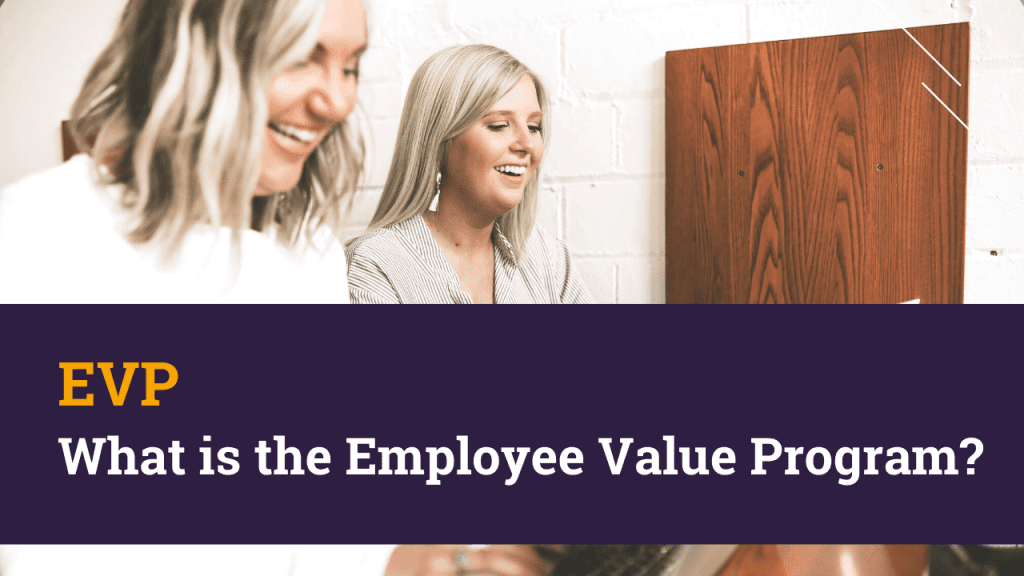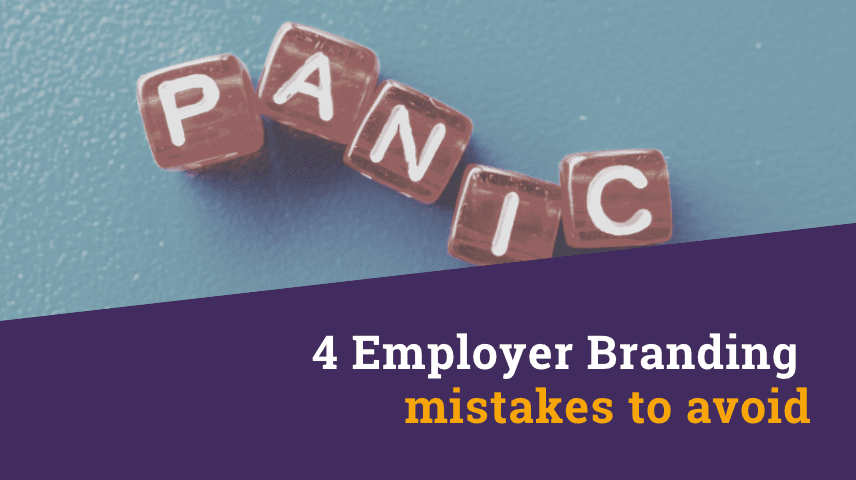EVP, what is the Employee Value Program?
If you are in the process of developing an EVP Employee Value Program, this publication will be of interest to you. The EVP refers to the set of material or immaterial benefits offered by the company to its employees and with which it rewards their work in the organization. This concept is part of the strategy of Employer BrandingThis concept is part of the Employer Branding strategy, which seeks to create processes that lead the organization to become an attractive employer brand for professionals. In this blog we will tell you about the main characteristics of the EVP, as well as some tips that you can apply in your company so that you can more easily reach the ideal talent. Also, keep in mind that the hiring of hiring personnel is not an easy task and requires several steps that must be planned, even more so if we are talking about a recently created organization that is looking for that human talent that will help it take off. At TalentFY we help companies so that the selection process of digital profiles is no longer a headache and we enhance their EVP to reach the best candidates. Main features of the EVP The EVP should reflect why the organization is worth working for and what it means to be part of your team. Thus, the Employee Value Program includes both tangible and intangible elements. Tangible elements Refers to the retributions obtained by the employee for his or her work: such as salary, vacation days, financial aid for transportation, food or education. Also in this category are the internal training processes offered by the company: medical insurance, work equipment, among others. Intangible elements The intangible elements of the EVP are those that, although not reflected in the payroll, represent a fundamental part of the employee’s experience in the organization. This category includes work environment, corporate culture, internal growth opportunities, work team, leadership development and creativity, among others. If you want to learn more about how to develop intangible elements in your company, we invite you to review our interview with Marisa Elizundia, creator of the Emotional Salary Barometer, with whom we talked about how to manage the emotional salary. emotional salary. Tips to develop and improve your EVP The development of the EVP is a determining factor in making companies attractive to professionals, as well as in building the loyalty of the organization’s employees. An example of this is the study by Gartner, an IT research company, 63% of the candidates they surveyed rejected selection processes due to the lack of an attractive EVP. Here are some tips to keep in mind when working with your company’s Employee Value Program. Listen to your team The best way to understand how your employees perceive you is to listen to them. This can be supported by work climate surveys and day-to-day comments that arise in the organization. When discussing the EVP with your team, you can ask questions such as: What attracted you to work with us? Do you think this company has a good corporate culture? Why? What do you like most about working at this company? What are the aspects that you can only find in this company? Which of the organization’s values do you identify with? What would you change to improve our corporate culture? The answers to these questions, plus the insights you can gather on a day-to-day basis, will give you a starting point for knowing where your EVP stands. In this way, you will be able to start a process of strengthening the positive things and improving those aspects that are not so good. Benchmarking of other companies’ EVP Reviewing what companies in your industry are doing can also give you a lot of valuable information to build or strengthen your EVP. In this research you can focus on observing how companies communicate their EVP, what activities they carry out to promote and reinforce their value proposition, and what response they get from their audience. Additionally, you will be able to review your organization’s strengths and weaknesses compared to the EVPs in your sector, so you will see more clearly how you stand out from the rest. Finally, remember that when it comes to attracting talent, organizations in your industry become competitors to find the best professionals. This is why understanding what they do and how they do it is very important to develop strategies that differentiate you and boost your EVP. Strengthen the EVP by taking into account the candidates you want to attract. Once you are clear about your team’s perceptions and what companies in your industry are doing, you will have a clearer picture of how to strengthen your EVP. When defining your value proposition, remember to take into account the type of employee you want to have in order to focus the EVP on the possible needs and aspirations they may have for your organization. Additionally, you must take into account that each profile has different aspirations, so the EVP may change, so do not forget aspects such as age, work experience and cultural characteristics of the candidates to whom you want to address. In turn, specialized recruiting companies such as TalentFY can guide you in the proper use of EVP to connect with the best candidates, especially in profiles that are not easy to find. This is how the EVP, Employee Value Program, is a great tool that will allow you to attract and retain the best talent for your company. Try TalentFY in a Live Demo Try our recruiting platform without compromise. And if it doesn’t work for you, YOU DON’T PAY No small print. Schedule Demo Join our News Subscribe and receive our most exclusive content and news every month directly in your inbox.







